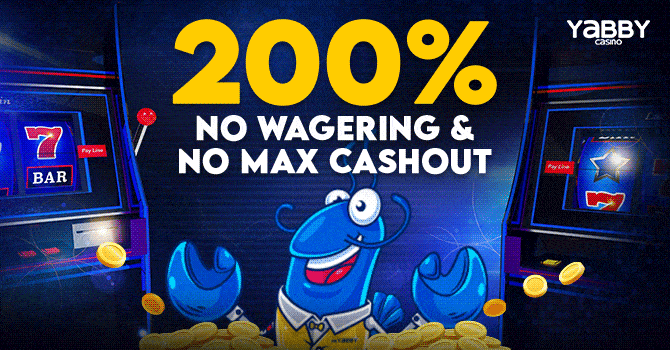Online slots and crypto casinos are still the hottest thing in the gambling world by a country mile. Not convinced, well just ask our friends from the far east who have been taking to new trends like wildfire. But in Japan specifically, one gambling trend name is still the king. Pachinko! So, what is Pachinko, how does it compare to Slots and what will the future of Japanese gambling look like? This is Slots vs Pachinko 101.
What Is Pachinko?
Pachinko relates more closely to the pinball machine than to slots, with their common ancestry originating in Bagatelle. Now, Bagatelle was a 19th-century variation of billiard in which, you’ll be surprised, gamers pushed balls into holes. I am kidding you, but the similarities are definitely there. Fast forward to 1920s Japan and the first modified mechanic Bagatelle was brought over. Its first players were children who renamed the new machine pachi-pachi on the count of the machines clanging noises.
Pachinko Nowadays
Flash forward to today and, Pachinko generates 250 billion dollars in revenue which makes up about 4% of Japan’s GDP. That’s more than the revenue of Las Vegas, Macao, and Singapore combined!
You can play the game with little mechanical balls, similar to Pinball. The objective of the games is to drop the balls in the specific pockets in the machine, also like Pinball. The most important pocket is the start chakka (literally start chucking). When hit, the machine starts an animated reel, similar to slots, which decides if you won a jackpot or not.
Originally the players controlled the force directly (through spring pulling) and bam you launched the ball, hoping it lands somewhere. But on the modern machines, you just have a knob you a adjust and voilà the electric mechanism does the work for you. This modern feature calls into question the skill aspect of the game which we will discuss in the next section.
Slots vs Pachinko
The similarities in history between the two are honestly not hard to spot. First started as a grown-up pastime with a light gambling motif. Then because of the prohibition 1907, it turned into a children plaything which has been shaping its playful aesthetics ever since. And finally, it comes back roaring as the main adult gaming pastime after its prohibition ended.
The funny thing is, Pachinko as gambling is still prohibited to this day. But due to a clever loophole, it’s not technically gambling. The balls you earn can be exchanged for various prizes or for tokens which you can exchange for hard cash. But the tokens aren’t exchanged directly at the Pachinko Parlor, but a side-shop usually owned by the parlor themself.
Okay, so, while they file the same niche, slots and Pachinko also have some key differences:
- The first difference is that the skill aspect is more emphasized in Pachinko than in slots, especially in its mechanical beginnings. But as time passed Pachinko became less skill-based, as it boils down to finding the right knob and firing. Add to that the phenomenon of skill-based slots and the winner of the skills competition isn’t so clear cut.
- Another mechanic-based difference is that pachinko machines only have 3 reels, while western slots can have 3, 5, or even 7 reels. Pachinko is a game of patience with small winnings accumulating over time while slots can produce big wins in a short amount of time.
- Now slots have made a seamless transition online with slots spinning the same way both on-land and online. The same cannot be said for Pachinko for which online transition appears quite difficult. This is due to the mechanical nature of pachi-slot being hard to recreate in an online environment.
Future of Japanese gambling
The inability to transition online has contributed to Pachinko Parlor numbers dwindling from 380k in 1953 to just 17k today. The average pachinko player is around 40 which means the younger demographics are going online to satisfy their gaming needs. Another thing that needs to be taken into account in the Slots vs Pachinko fray is the covid pandemic and April 2020 Indore smoking ban. These proved to be especially deadly for smaller parlors that couldn’t adapt.
In December of 2016 gambling was legalized in a few special resorts. The casinos aren’t up and running yet but there are plans to finish construction by the end of 2022. To adapt, the Pachinko industry lobbied to be under government regulation which would lower taxes and boost earnings. By this, I mean under direct government regulation and to be recognized as full-on gambling.
They are also shifting focus on more female demographics making Pachinko Parlors much cleaner and less noise affair altogether. Japan’s signature roaring smoke filed rooms look to be a thing of the past. But will they disappear completely or remain in change and slightly mitigated capacity? Only time will tell.



